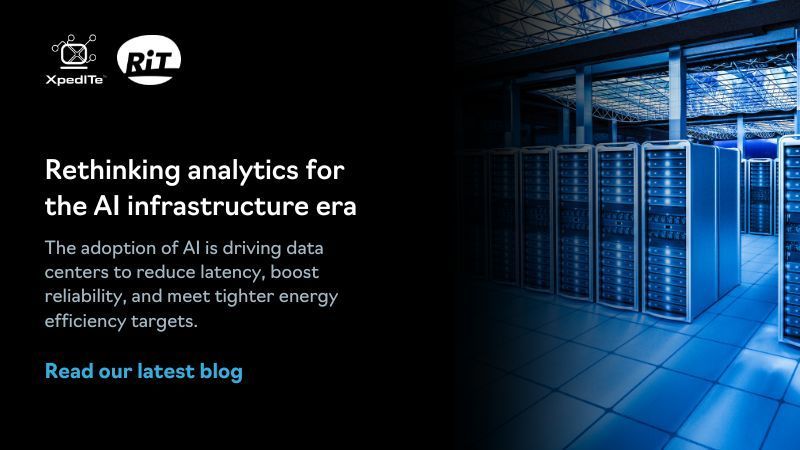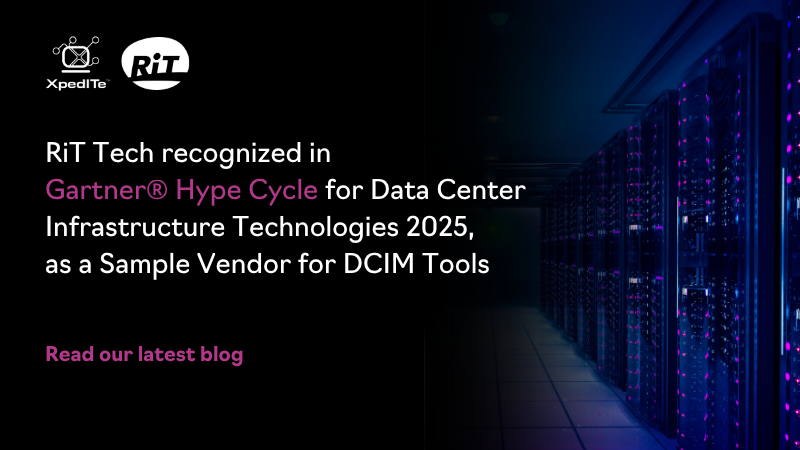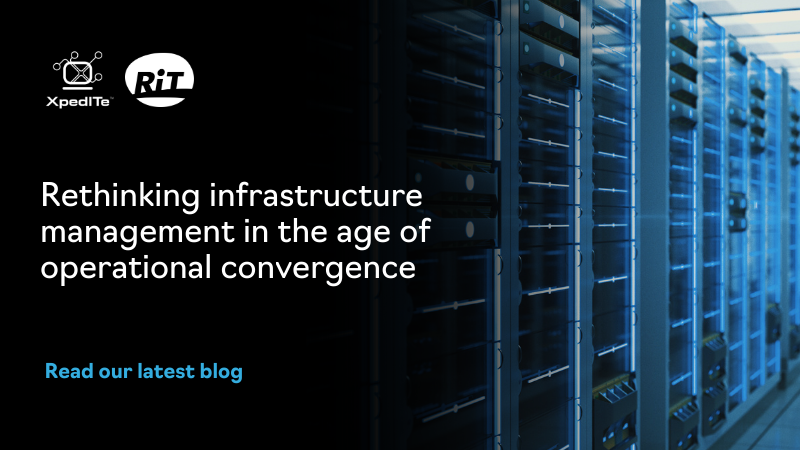By RiT Admin
•
August 4, 2025
The adoption of AI is driving data centers to reduce latency, boost reliability, and meet tighter energy efficiency targets. Meeting these demands requires breaking away from legacy operational models defined by siloed data, fragmented tooling, and slow, expertise-dependent processes. Real-time, contextual visibility across infrastructure is now essential, not just for performance optimization, but to enable coordinated, data-driven action across teams and avoid the risks of misalignment or delayed intervention. Why do traditional analytics models no longer meet operational demands? Traditional approaches to reporting and analytics are fundamentally tied to a siloed, static framework. Dashboards and metrics are often built by specialists using Business Intelligence (BI) tools, requiring significant expertise. Even with the most advanced BI platforms, generating a meaningful report often requires submitting requests to specialized teams, waiting for expert input, and then hoping the result aligns with the original brief. This can mean going days or even weeks without answers to urgent questions. This disconnect between data and action creates friction, leading to constraints on responsiveness, limiting innovation, and leaving decision-makers without the timely insight needed for strategic oversight. Delayed or outdated analytics limit a team’s ability to respond in real time, often resulting in missed opportunities for efficiency gains and early intervention. As organizations move toward more universal and intelligent infrastructure, this gap has become increasingly problematic, diminishing performance and limiting their ability to adapt in real-time. Can AI actually help alleviate the barriers between people and data? Ironically, the same force driving operational complexity, namely AI, will also prove the key to overcoming it. Organizations that integrate AI-driven analytics will gain a strategic edge by breaking down siloes and enabling direct access to actionable insights. Our upcoming AI analytics module demonstrates this shift, embedding natural language interfaces and intelligent automation into the infrastructure layer. Organizations will be able to obtain highly detailed analytics through a simple, plain language request (e.g., “Identify any potential cooling hotspots developing across the facility” or “Are any of our data halls approaching their power capacity limits?”). That kind of instant, intuitive access to analytics enables teams to respond to concerns in real time without relying on manual workflows defined by complex briefs and static dashboards, freeing users to focus their attention elsewhere and allowing organizations to operate with greater agility. By equipping teams to respond to evolving conditions without delays or dependencies, users can take a far more adaptive, data-centric approach to infrastructure management, marking a clear progression in how data is accessed, interpreted, and applied across the entire operational landscape. Our smarter approach to real-time insight Designed to support a more autonomous environment where questions can be explored at pace and decisions are shaped by real-time intelligence, our upcoming XpedITe AI Analytics module represents a shift away from static analysis and toward systems that adapt in step with evolving business and infrastructure priorities. Contact us today to find out more.




